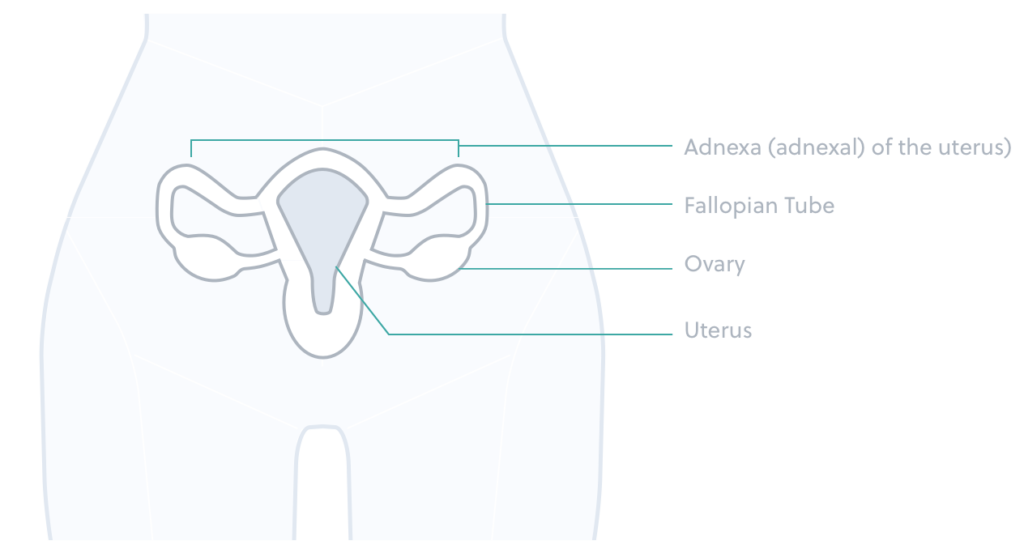What is Pelvic Mass?
A pelvic mass, also known as an ovarian or adnexal mass, is a tissue mass in the adnexa of the uterus, which refers to the space occupied by the uterus, ovaries and fallopian tubes. Ovarian masses can be a risk factor for ovarian cancer, however, most masses are often not cancer and go away on their own without treatment within a few
menstrual cycles.
In premenopausal women, most adnexal masses are caused by:
- Ectopic pregnancy
- Ovarian adnexal cysts
- Tumors
- Polycystic ovaries and abscesses
After menopause, more likely causes include fibroid tumors, fibromas, and malignant tumors.

Diagnosis
The majority of ovarian masses are benign, but a diagnosis is difficult because there are many forms it can take. In fact, most are asymptomatic and are discovered during a routine pelvic or other examination rather than because they cause pain or discomfort.
Management
Most ovarian cysts develop, shrink, and disappear within the course of a single menstruation cycle. In some cases, however, they grow larger and remain in the ovary, fallopian tube, or uterus. An ovarian adnexal mass must be carefully evaluated using information obtained from a physician’s exam, imaging/ultrasound, and appropriate blood testing for
ovarian cancer.
- Goff BA, et al., Cancer. 2007; 109:221-7
- Ovarian Cancer Research Alliance, “Ovarian Cancer Statistics,” https://ocrahope.org/patients/about-ovarian-cancer/statistics/